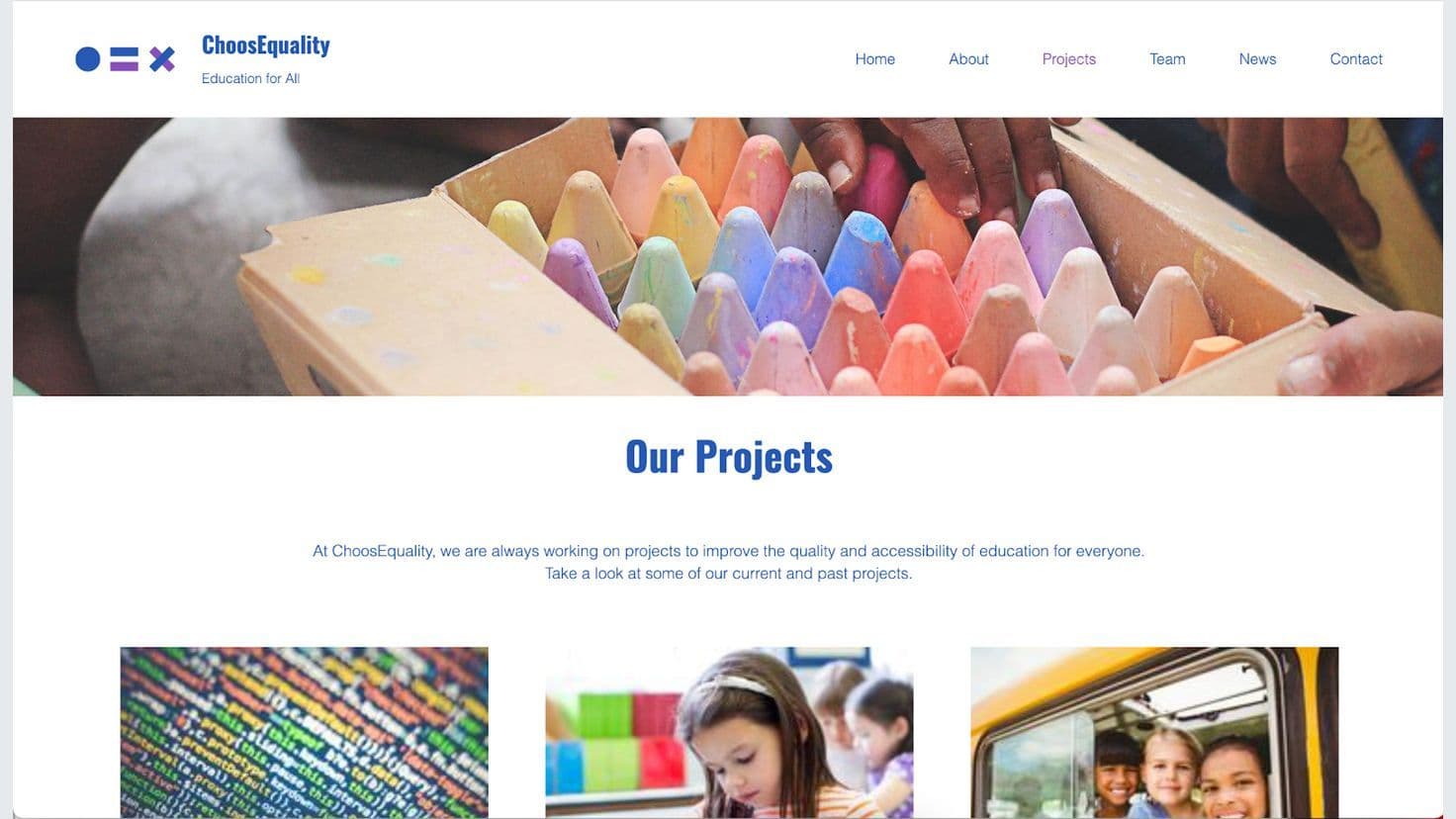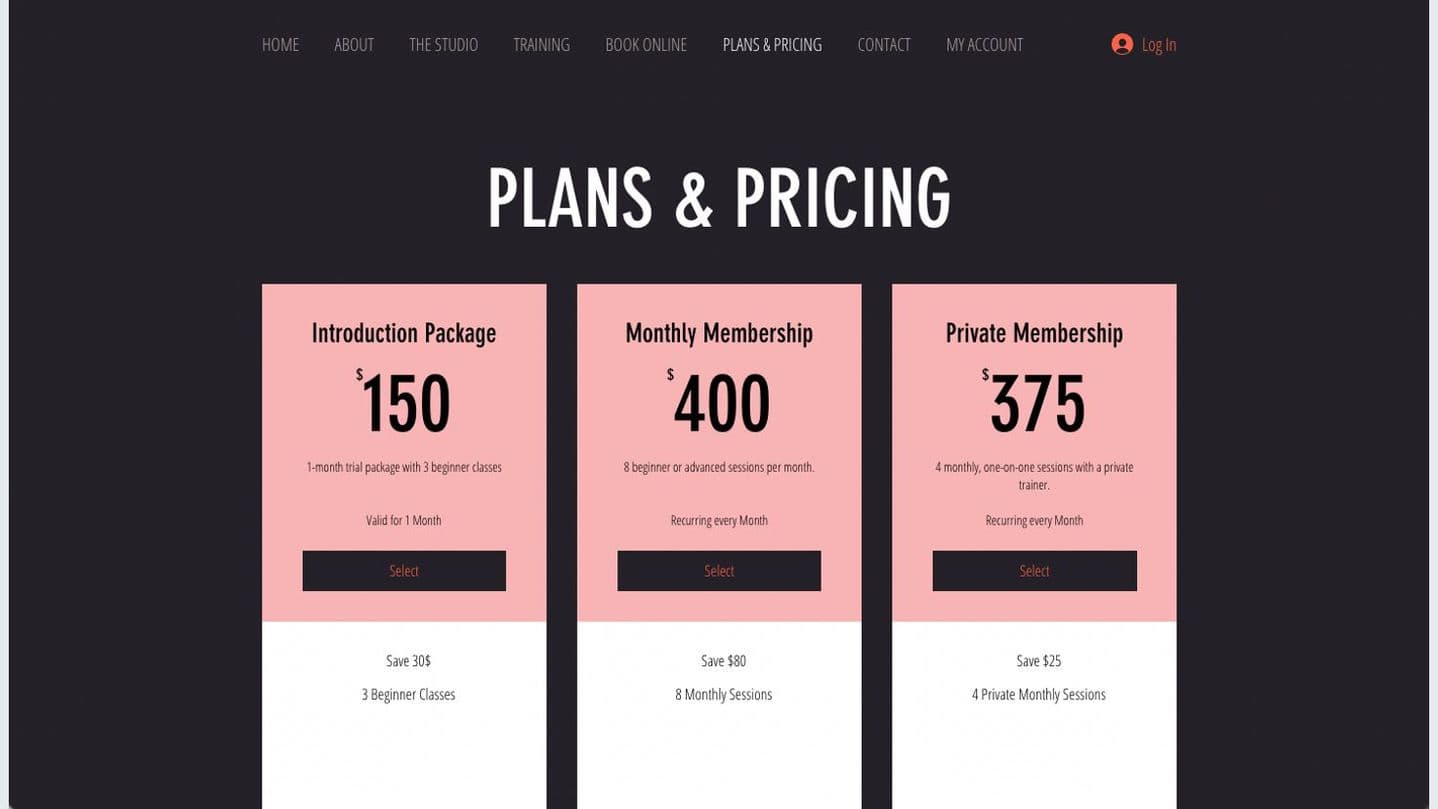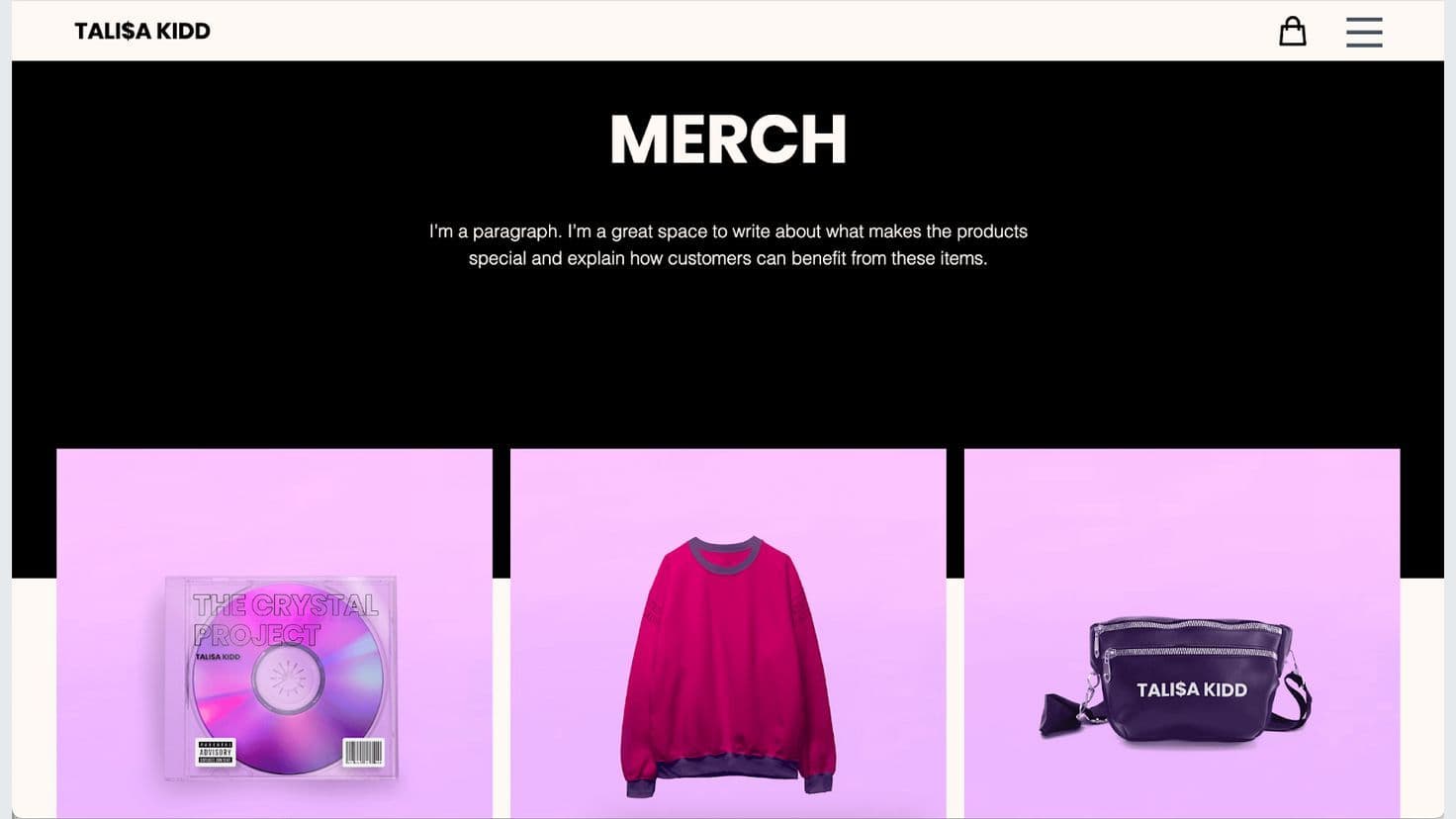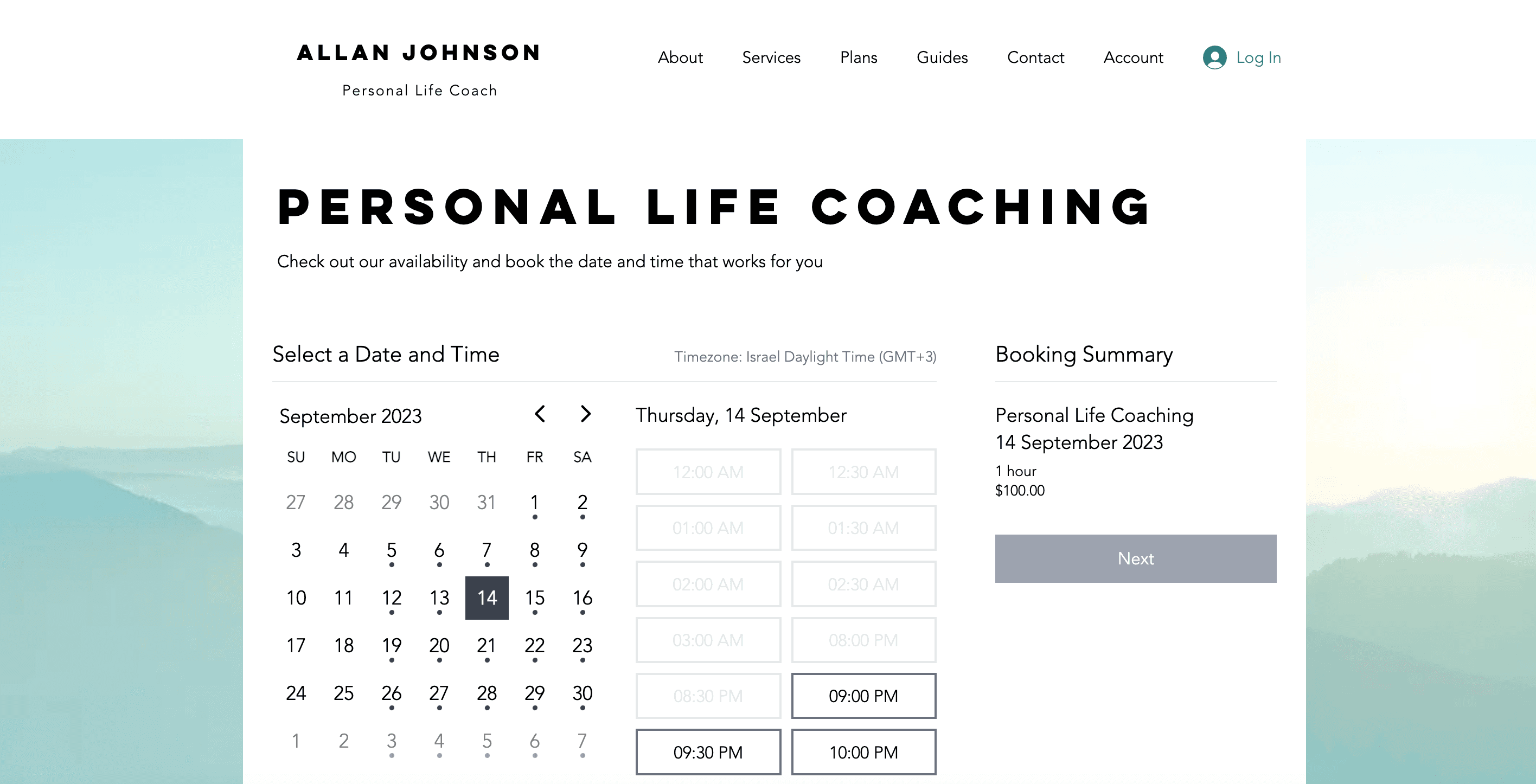Wix CMS: Next.js CMS starter
Next.js template with create-next-app, using Wix Headless for managing content via Wix CMS

A Wix CMS Next.js Education Template

This template is a Next.js project bootstrapped with create-next-app. It uses Wix Headless to leverage the Wix CMS business solution for managing the content on an education site.
Local Development
Prerequisites:
- Create a Wix Headless project
- Add the Content Manager app to your project
- Authorize the template with quick start deployment or by creating an OAuth app
Set up environment variables to consume Wix Headless APIs:
- In the template's root folder, create a file for the local environment variables:
cp .env.template .env.local.
- In the new .env.local file, paste the OAuth app client ID after
NEXT_PUBLIC_WIX_CLIENT_ID=.
Run the development server:
-
Run either:
yarn devor
npm inpm run dev -
Open http://localhost:3000 in your browser to see the template home page.
Edit the template:
- Start editing the homepage by modifying app/page.tsx. The page auto-updates as you edit the file.
- Edit any other page using the pattern app/page.tsx. For more information, see Defining Routes in the Next.js documentation.
Deployment
You can deploy this repository using any platform which supports Next.js Version 13 and App Router.
The repository requires a single environment variable: NEXT_PUBLIC_WIX_CLIENT_ID, which should contain a client ID authorizing access to a Wix project's data.
Learn More
To learn how to customize the template and add more functionality using Wix APIs, see the Wix JavaScript SDK reference.
This template is written in Next.js 13 using the Next.js App Router.
To learn more about Next.js, see:
- Next.js documentation: Learn about Next.js features and APIs.
- Learn Next.js: An interactive Next.js tutorial.
Additionally, this template uses the following libraries and features:
Next.js and Wix Integration Guide
See the comprehensive integration guide for step-by-step instructions on how to configure Wix as your headless Booking solution using Next.js on Vercel.

Wix CMS: Next.js CMS starter
Next.js template with create-next-app, using Wix Headless for managing content via Wix CMS
A Wix CMS Next.js Education Template

This template is a Next.js project bootstrapped with create-next-app. It uses Wix Headless to leverage the Wix CMS business solution for managing the content on an education site.
Local Development
Prerequisites:
- Create a Wix Headless project
- Add the Content Manager app to your project
- Authorize the template with quick start deployment or by creating an OAuth app
Set up environment variables to consume Wix Headless APIs:
- In the template's root folder, create a file for the local environment variables:
cp .env.template .env.local.
- In the new .env.local file, paste the OAuth app client ID after
NEXT_PUBLIC_WIX_CLIENT_ID=.
Run the development server:
-
Run either:
yarn devor
npm inpm run dev -
Open http://localhost:3000 in your browser to see the template home page.
Edit the template:
- Start editing the homepage by modifying app/page.tsx. The page auto-updates as you edit the file.
- Edit any other page using the pattern app/page.tsx. For more information, see Defining Routes in the Next.js documentation.
Deployment
You can deploy this repository using any platform which supports Next.js Version 13 and App Router.
The repository requires a single environment variable: NEXT_PUBLIC_WIX_CLIENT_ID, which should contain a client ID authorizing access to a Wix project's data.
Learn More
To learn how to customize the template and add more functionality using Wix APIs, see the Wix JavaScript SDK reference.
This template is written in Next.js 13 using the Next.js App Router.
To learn more about Next.js, see:
- Next.js documentation: Learn about Next.js features and APIs.
- Learn Next.js: An interactive Next.js tutorial.
Additionally, this template uses the following libraries and features:
Next.js and Wix Integration Guide
See the comprehensive integration guide for step-by-step instructions on how to configure Wix as your headless Booking solution using Next.js on Vercel.


